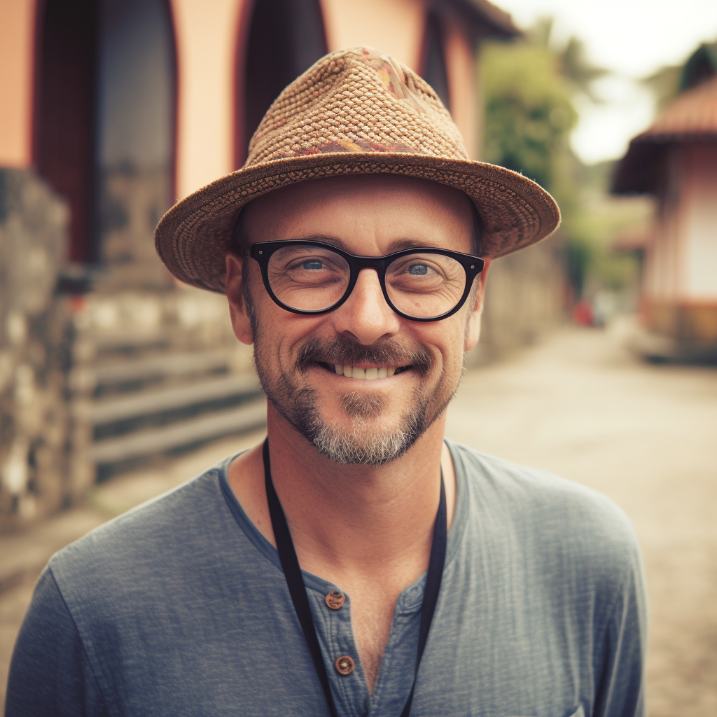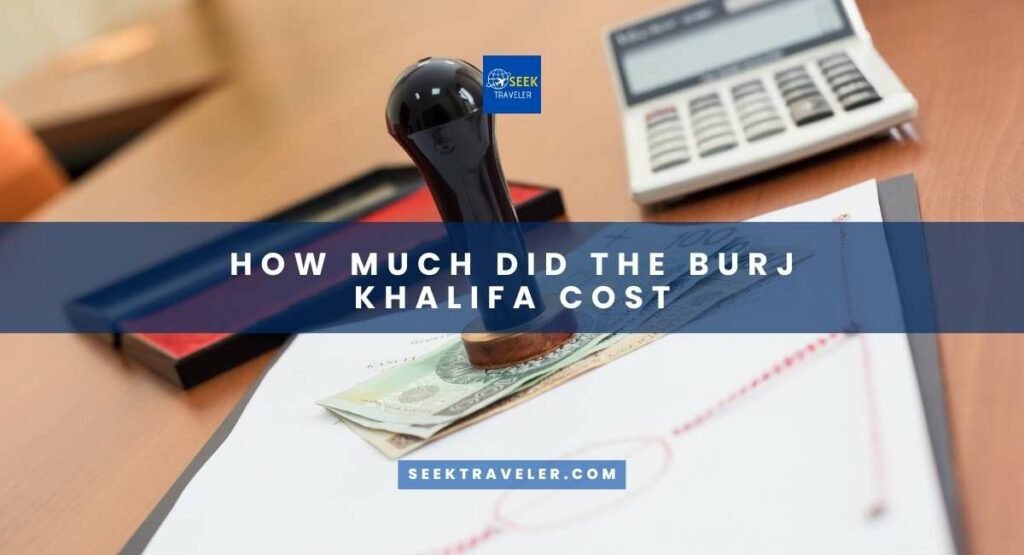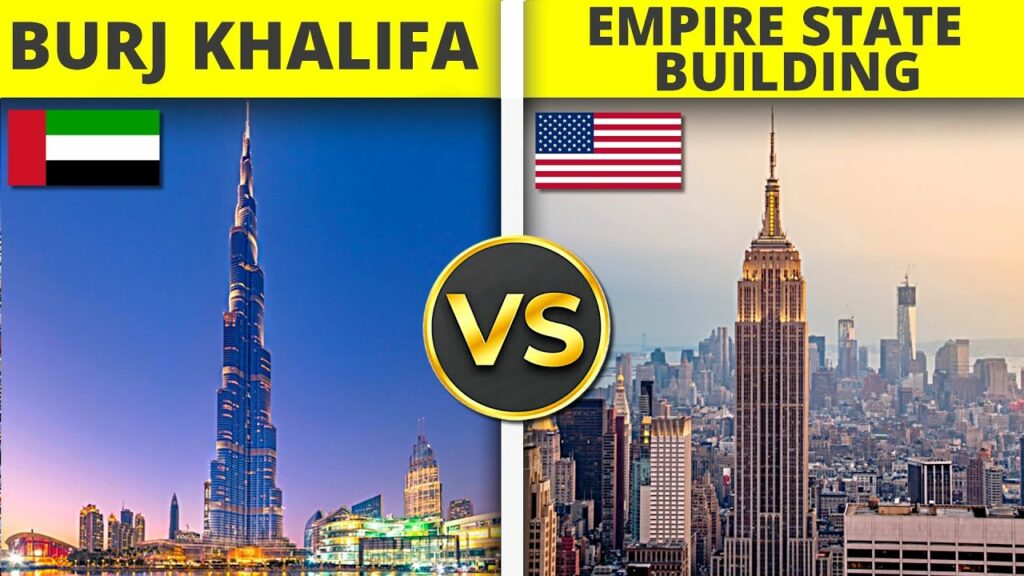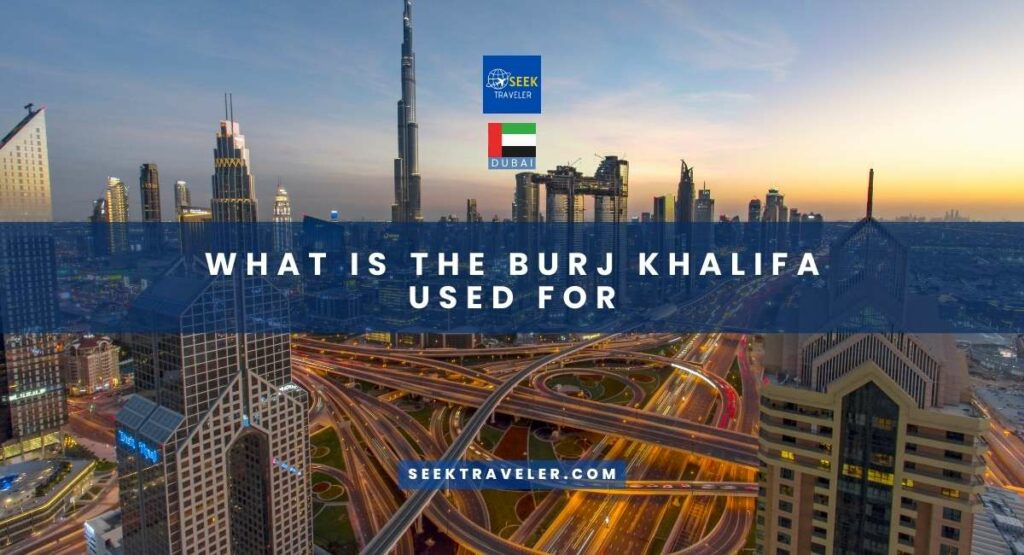As someone fascinated by the world’s tallest skyscrapers, I’ve always been curious about how much it costs to build such impressive structures. The Burj Khalifa in Dubai, United Arab Emirates stands as the world’s tallest building at a height of 828 meters (2,717 feet) with 163 floors. It’s an architectural masterpiece that has captured the world’s attention since its opening in 2010.
But what does it take to construct a building of this magnitude? In this article, I will delve into the total cost of the Burj Khalifa project, including factors contributing to its high price tag and how it compares to other iconic skyscrapers around the globe.
The Burj Khalifa project was a massive undertaking that involved many years of planning and construction. As expected, building something of this scale comes with a hefty price tag. However, just how much did it cost to bring this towering structure into existence? In this article, I hope to answer that question and break down the various expenses involved in creating one of the most awe-inspiring buildings on earth.
So join me as we explore all there is to know about the Burj Khalifa’s cost and legacy!
The Total Cost of the Burj Khalifa Project
You’re about to discover the incredible investment that went into creating one of the world’s most iconic structures. The Burj Khalifa project was a massive undertaking that required a significant amount of funding to achieve its completion.
The total cost for constructing this magnificent tower was approximately $1.5 billion USD, which is an incredibly high price tag.
The Burj Khalifa project did not come without its challenges, and several factors contributed to its high cost. These factors include the sheer size and complexity of the project, as well as the need for advanced technology and specialized materials.
Despite these challenges, however, it’s clear that the investment in this project was worth it when you consider all that it has done for Dubai’s economy and global reputation.
Factors Contributing to the High Cost
As I delved deeper into the cost of constructing the Burj Khalifa, I discovered that several factors contributed to its high price tag.
Firstly, the unique design and architecture of the building required extensive planning and engineering expertise, which significantly increased costs.
Secondly, materials and construction techniques used in its construction were top-notch and expensive.
Lastly, safety and security measures implemented during construction also added to the overall cost of the project.
Unique Design and Architecture
The Burj Khalifa boasts a totally rad design that truly stands out among other skyscrapers. Its unique architecture and engineering are what make it an iconic structure in Dubai, and also one of the most expensive to build.
The tower’s design was inspired by the Hymenocallis flower, with its three-sided shape allowing for maximum sunlight exposure and ventilation. The sheer height of the building required innovative construction techniques, including the use of reinforced concrete for the core walls and steel for the spire.
The complex design also meant that every aspect had to be carefully planned and executed, from the intricate cladding system to the double-deck elevators that can travel at speeds of up to 40 miles per hour. Despite these challenges, the architects behind Burj Khalifa were able to create a stunning masterpiece that has set new standards in modern architecture.
Moving on to materials and construction techniques, it’s important to examine how they contributed to the overall cost of this magnificent structure.
Materials and Construction Techniques
Let’s delve into the materials and techniques used in constructing this towering marvel. The Burj Khalifa is made up of reinforced concrete, steel, and glass.
The construction process involved a combination of traditional and innovative methods to ensure that the building was structurally sound and able to withstand strong winds and seismic activity. One notable technique used in the construction of the Burj Khalifa is the ‘jump form’ method, where workers move a platform upwards as each floor is completed. This allowed for efficient construction while also minimizing risk to workers.
Additionally, advanced computer modeling was utilized to determine wind loads on the building at different heights, resulting in modifications to its shape and design for optimal stability. With these materials and techniques implemented, it’s no wonder why the Burj Khalifa stands tall today as one of the greatest engineering feats in history.
Without compromising safety or security measures, engineers put their minds together to construct this awe-inspiring structure.
Safety and Security Measures
Ensuring the safety and security of visitors and occupants was paramount in the construction of the towering Burj Khalifa. With its height reaching 828 meters, it was imperative to implement state-of-the-art safety measures throughout the building’s design and construction.
The tower was equipped with a sophisticated fire alarm system, advanced sprinkler systems, smoke evacuation systems, and other safety equipment that ensures swift action during emergency situations. In addition to these safety features, the Burj Khalifa has an impressive security system that guarantees protection from potential threats.
The building has multiple checkpoints for access control and high-tech surveillance cameras monitoring every corner of the tower. Security personnel are also deployed round-the-clock to ensure that all occupants are safe at all times. Overall, these measures make the Burj Khalifa one of the safest buildings in the world today.
Now let’s compare this iconic skyscraper to other towering structures around the globe.
Comparison to Other Iconic Skyscrapers
When you think of iconic skyscrapers, you may be surprised to learn how the Burj Khalifa compares in terms of construction costs. While it’s currently the tallest building in the world, its cost of construction was actually lower than some other famous towers.
The Burj Khalifa cost around $1.5 billion USD to build, which is significantly less than the Shanghai Tower (which cost around $2.4 billion USD) and even the Taipei 101 (which cost around $1.8 billion USD).
However, despite being cheaper to construct, the Burj Khalifa still required innovative and expensive engineering solutions due to its unique design and height requirements. This includes features such as a reinforced concrete core for stability and a high-tech elevator system capable of traveling at speeds up to 40 mph.
These factors contribute to additional maintenance and operational costs that are necessary for keeping the building functional and safe for occupants.
Maintenance and Operational Costs
You may be wondering what kind of maintenance and operational costs you can expect when owning or managing the tallest building in the world – how do you keep such a massive structure functioning properly? Well, it’s no small feat.
The Burj Khalifa requires constant attention to ensure that all systems are working efficiently and safely. This includes everything from cleaning the exterior windows to maintaining the elevators and air conditioning systems.
The cost of maintaining and operating the Burj Khalifa is estimated to be around $1 million per month. This may seem like an exorbitant amount, but considering the sheer size and complexity of the building, it’s actually quite reasonable.
And with over 100 floors, there is always something that needs attention. Despite these ongoing expenses, though, it’s clear that this iconic skyscraper has become much more than just a financial investment – it’s become a symbol of pride for Dubai and an inspiration for architects all over the world.
Legacy of the Burj Khalifa
As I reflect on the legacy of the Burj Khalifa, a few key points come to mind.
Firstly, its cultural and architectural significance cannot be overstated – it’s an iconic landmark that’s put Dubai on the map in terms of global architecture.
Secondly, as a major tourist attraction, it generates significant revenue for the city and supports its tourism sector.
Finally, with future development and expansion plans in the works, it’s clear that this towering structure will continue to have a lasting impact on Dubai’s skyline and economy for years to come.
Cultural and Architectural Significance
Immerse yourself in the awe-inspiring beauty of the Burj Khalifa, an architectural wonder that has captured the world’s attention and stands tall as a cultural icon.
The design of this skyscraper draws inspiration from Islamic architecture and features a unique Y-shaped floor plan that maximizes space utilization while providing stunning views of Dubai. Its sleek exterior is adorned with over 26,000 glass panels that reflect sunlight during the day and create a dazzling display of lights at night.
The Burj Khalifa also serves as a symbol of Dubai’s ambitious spirit and determination to be at the forefront of innovation and progress. It houses luxury apartments, offices, restaurants, observation decks, and even a fountain display at its base.
Its cultural significance extends beyond just being an impressive structure; it represents the modernization and development of this city-state in the Middle East. With such grandeur and magnificence on display, it’s no wonder why tourists flock to see it every year – but there’s more to this building than meets the eye.
Tourist attraction and revenue generation are just some of the benefits that come with having such an iconic structure in one’s city. However, there are many other factors that contribute to its success – from its energy-efficient design to its use of cutting-edge technology for maintenance purposes.
In short, the Burj Khalifa is not only an engineering marvel but also a testament to human ingenuity and perseverance.
Tourist Attraction and Revenue Generation
Now that we’ve talked about the cultural and architectural significance of the Burj Khalifa, let’s move on to its role as a tourist attraction and revenue generator.
As the tallest building in the world, it’s no surprise that the Burj Khalifa draws in thousands of visitors every day. Tourists come from all over the world to marvel at its height and take in panoramic views of Dubai from its observation deck.
But it’s not just ticket sales that make the Burj Khalifa such an important source of revenue for Dubai. The building is also home to luxury apartments, offices, and hotels, all of which bring in significant income for their owners and contribute to Dubai’s thriving economy. In fact, some estimates suggest that the Burj Khalifa alone has generated more than $1.5 billion in revenue since it opened in 2010.
As we look ahead to future developments and expansion plans for Dubai, it’s clear that iconic landmarks like the Burj Khalifa will continue to play a major role in driving tourism and economic growth. With new attractions like theme parks, museums, and shopping centers already under construction, there are plenty of reasons for visitors to keep coming back to this incredible cityscape.
Future Developments and Expansion Plans
You’ll be excited to hear about what’s in store for the future of Dubai – the city is constantly expanding and developing with new attractions, buildings, and experiences on the horizon.
One of the most notable developments is the Dubai Creek Harbour project, which will feature a new tower that aims to surpass the height of Burj Khalifa. The tower, known as The Tower at Dubai Creek Harbour, will stand at over 3,000 feet tall and offer breathtaking views of the skyline.
Aside from The Tower at Dubai Creek Harbour, there are also plans for other projects such as Meydan One Mall which will become one of the largest shopping malls in the world once completed.
Additionally, there are plans for two new artificial islands off the coast of Jumeirah Beach that will feature luxury resorts and entertainment venues.
With all these exciting developments underway, it’s clear that Dubai isn’t slowing down anytime soon when it comes to expanding its offerings to tourists and locals alike.
Conclusion
As I stand at the base of the Burj Khalifa, I can’t help but feel a sense of awe and wonder. The sheer size and grandeur of this iconic skyscraper is truly remarkable.
But as I think about the cost that went into making this magnificent structure, I can’t help but feel a hint of sadness. The Burj Khalifa project cost a staggering $1.5 billion dollars to build. While it may seem like an exorbitant amount, we must remember that this building represents more than just a physical structure. It symbolizes the strength and resilience of human ingenuity and our ability to reach new heights both literally and figuratively.
Yes, it was expensive, but its value goes far beyond mere monetary cost. The Burj Khalifa is a testament to what we as humans are capable of achieving when we put our minds to something.
In conclusion, while the cost of building the Burj Khalifa may have been high, its impact on our collective consciousness is priceless. This towering monument serves as a reminder that anything is possible if we work hard enough for it. Let’s strive towards achieving our own personal ‘Burj Khalifas’ in life – whatever they may be – with determination and perseverance.

Meet Scott Robinson, a seasoned traveler with 28 countries under his belt, has immersed himself in diverse cultures around the world. His articles are a window into the rich tapestry of traditions, customs, and local flavors he has encountered on his globetrotting escapades. Scott’s deep appreciation for the beauty of cultural diversity shines through his writing, allowing you to embark on a virtual journey that celebrates the vibrant mosaic of humanity.



